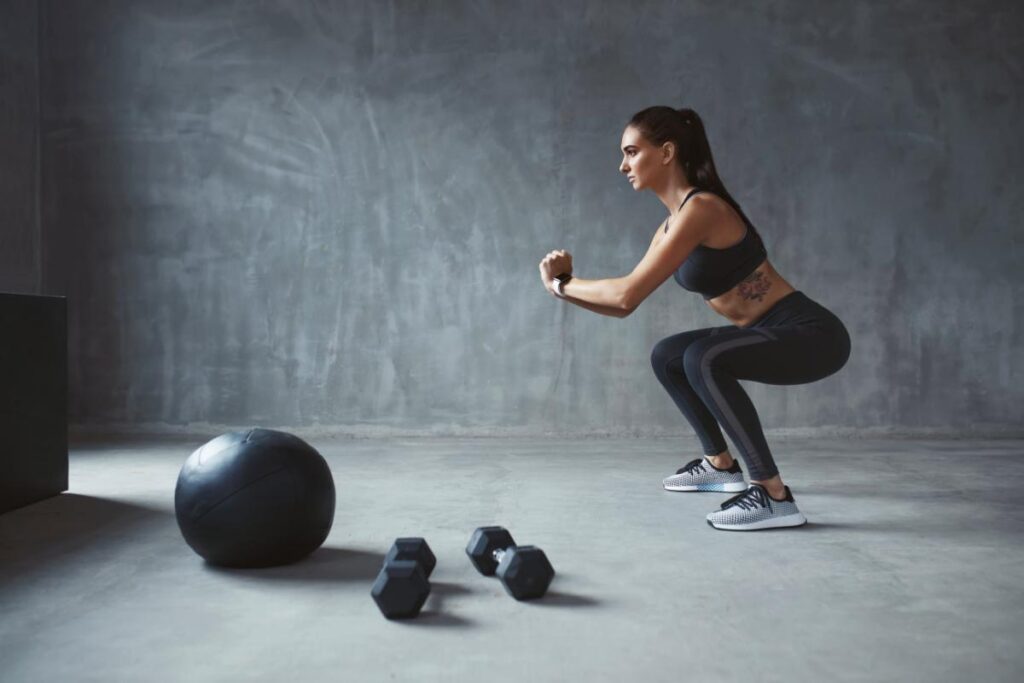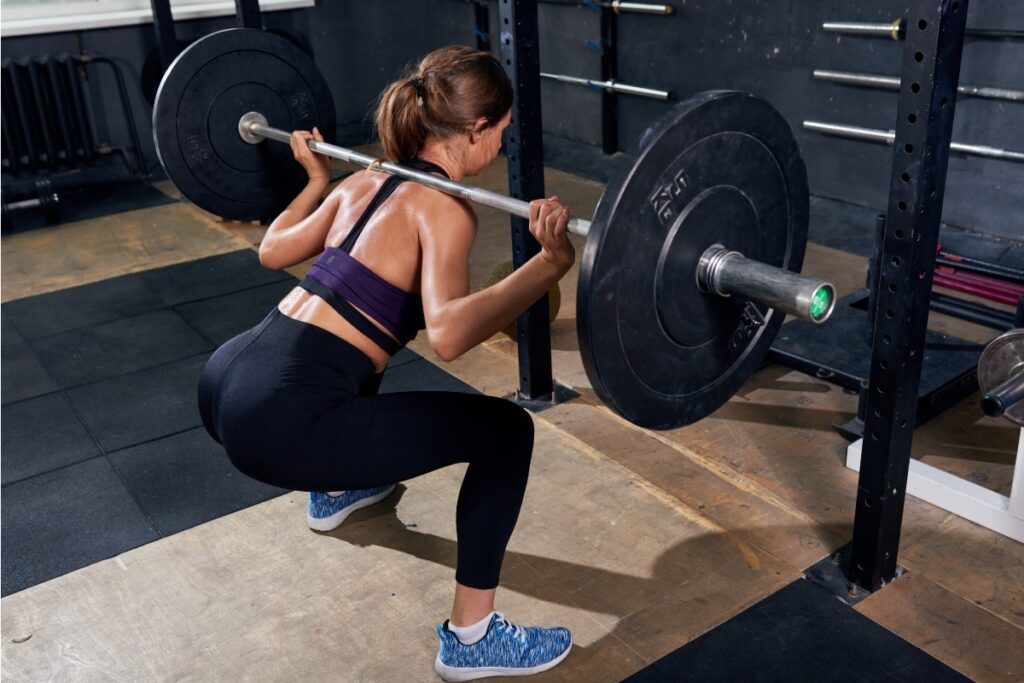When building a well-rounded and balanced physique, one cannot ignore the importance of a strong leg day in their workout routine. Strong legs enhance physical appearance and are crucial to overall athletic performance and functional strength. Neglecting leg workouts can lead to muscle imbalances and hinder progress in other fitness areas.
In this article, we’ll explore the significance of leg day, the targeted leg muscles and their functions, sample leg day exercises, proper form, technique, and recommended sets, reps, and rest intervals for a practical leg day session.
The Importance of a Strong Leg Day Workout
Leg day is not just about aesthetics; it goes beyond building well-defined quadriceps and hamstrings. Working on your lower body has several key benefits:
- Functional Strength: Strong legs are essential for everyday activities like walking, running, climbing stairs, and lifting objects. A well-developed lower body ensures better balance and stability.
- Calorie Burn: Leg exercises engage large muscle groups, which leads to a higher calorie burn during the workout and even post-workout. This is advantageous for those aiming for weight loss or body recomposition.
- Hormonal Response: Leg exercises, especially compound movements like squats and deadlifts, stimulate the release of growth hormones, which contribute to overall muscle growth and recovery.
- Injury Prevention: Strengthening the muscles around the knees and hips can help prevent injuries and improve joint health, especially for individuals involved in sports and physical activities.
Targeted Leg Muscles and Their Functions
A strong leg day workout typically targets the major muscle groups in the lower body, including:
- Quadriceps: The quadriceps extend the knee joint at the front of the thigh. They are heavily engaged in exercises like squats and leg presses.
- Hamstrings: The hamstrings are found at the back of the thigh and are involved in bending the knee and extending the hip joint. Exercises like deadlifts and lunges target these muscles.
- Glutes: The gluteal muscles, including the gluteus maximus, medius, and minimus, play a vital role in hip extension, rotation, and stabilization. They are activated during squats, lunges, and hip thrusts.
- Calves: The calf muscles are located in the lower leg and are responsible for ankle plantar flexion. Exercises like a calf raise target these muscles.
Sample Leg Day Exercises
- Barbell Back Squats: This classic compound movement targets the quadriceps, hamstrings, glutes, and lower back. Place the barbell across your upper back, squat down by bending your knees and hips, and then return to the starting position.
- Dumbbell Walking Lunges: Walking lunges engage the quadriceps, hamstrings, and glutes. Hold a dumbbell in each hand, step forward with one leg, and bend both knees until the rear knee nearly touches the floor. Alternate legs as you walk on.
- Barbell Deadlifts: Deadlifts primarily targets the hamstrings, glutes, and lower back. Stand with the barbell over your mid-foot, hinge at the hips while keeping your back straight, grip the bar, and then stand up by extending your hips and knees.
- Leg Press: The leg press machine targets the quadriceps, hamstrings, and glutes. Sit on the machine with your feet shoulder-width apart and push the weight away by extending your legs.
Tips for Proper Form and Technique
Maintaining proper form during leg exercises is crucial to prevent injuries and maximize results. Here are some essential tips:
- Keep Your Core Engaged: A strong core helps stabilize your spine during leg exercises. Engage your body by pulling your belly button towards your spine.
- Knee Tracking: During squats and lunges, ensure that your knees track in line with your toes to prevent unnecessary stress on the knee joint.
- Controlled Movements: Avoid jerking or using momentum to lift weights. Perform exercises with controlled movements to fully engage the targeted muscles.
- Full Range of Motion: Aim to achieve a full range of motion in each exercise while maintaining proper form. This allows for better muscle activation and flexibility.
Recommended Sets, Reps, and Rest Intervals
The optimal sets, reps, and rest intervals can vary based on individual fitness levels and goals. However, a general guideline for leg day workouts could be:
- Beginners: Start with 2-3 sets of 10-12 reps for each exercise with 1-2 minutes of rest between sets.
- Intermediate: Progress to 3-4 sets of 8-10 reps with 1-1.5 minutes of rest between sets.
- Advanced: Increase the intensity with 4-5 sets of 6-8 reps and take 1 minute or less rest between sets.
Remember to warm up before starting your strong leg day workout and cool down with stretches after completing the exercises.
Conclusion
A strong leg day is a crucial component of a well-rounded workout routine. You can build strong legs, improve functional strength, and prevent injuries by targeting the major muscle groups in your lower body. Incorporate exercises like squats, lunges, deadlifts, and leg presses, ensuring proper form and technique throughout your workout.
You’ll significantly improve your lower body strength and overall fitness level by consistently challenging yourself with appropriate sets, reps, and rest intervals. So, embrace leg day and take your fitness journey to new heights!
If you love bodybuilding, share this article on Facebook or Twitter so that others can learn more about building muscle.




